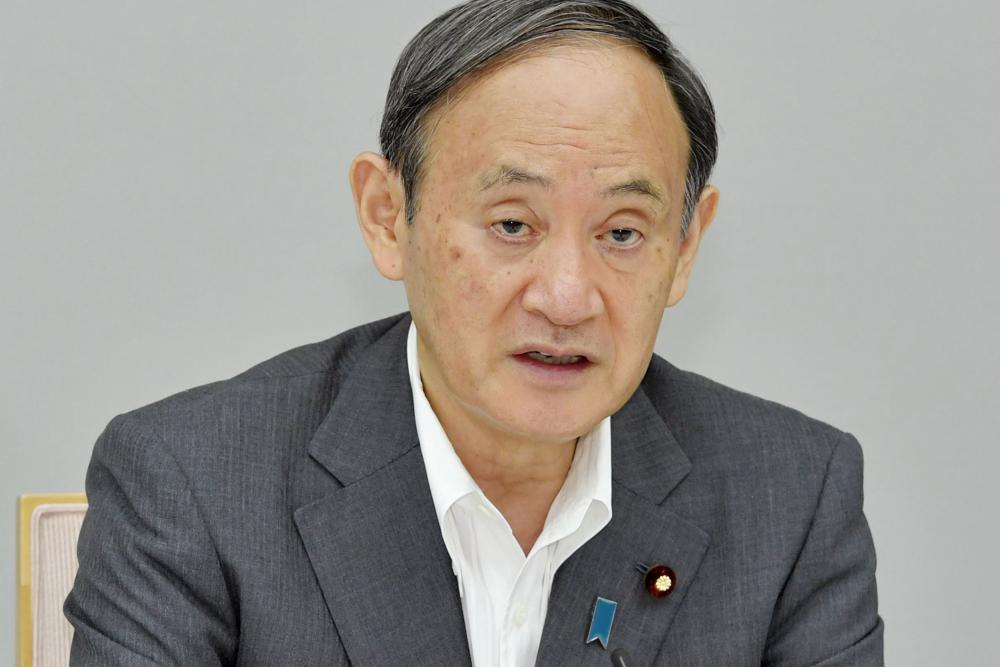Food Inflation
The Indian economy faces a multifaceted challenge as food prices continue to rise, exerting significant pressure on households and policymakers alike.
Eight prefectures were upgraded from quasi-emergency status to a full emergency. They include Hokkaido and Miyagi in the north, Aichi and Gifu in central Japan, and Hiroshima and Okayama in the west.

Japanese Prime Minister Yoshihide Suga speaks as he was announcing at his office in Tokyo, Wednesday, Aug. 25, 2021
Japan expanded its coronavirus state of emergency on Wednesday for a second week in a row, adding eight more prefectures as a surge in infections fueled by the delta variant strains the country’s health care system.
The government last week extended the state of emergency until Sept. 12 and expanded the areas covered to 13 prefectures from six including Tokyo. With four new prefectures added to a separate “quasi-emergency” status, 33 of Japan’s 47 prefectures are now under some type of emergency measures.
Eight prefectures were upgraded from quasi-emergency status to a full emergency. They include Hokkaido and Miyagi in the north, Aichi and Gifu in central Japan, and Hiroshima and Okayama in the west.
Advertisement
“In order to protect the people’s lives, the priority is to maintain the health care system,” Prime Minister Yoshihide Suga said as he announced the emergency. “In order to overcome this crisis led by the delta strain, I seek further cooperation from everyone.”
Japan’s state of emergency relies on requirements for eateries to close at 8 p.m. and not serve alcohol, but the measures are increasingly defied. Unenforceable social distancing and teleworking requests for the public and their employers are also largely ignored due to growing complacency.
The Japanese capital has been under emergency since July 12, but new daily cases have increased more than tenfold since then to about 5,000 in Tokyo and 25,000 nationwide. Hospital beds are quickly filling and many people must now recover at home, including some who require supplemental oxygen.
More than 35,000 patients in Tokyo are recovering at home, about one-third of them unable to find a hospital or treatment hotel vacancy immediately. Only a small percentage of hospitals are taking virus patients, either for financial reasons or because they lack the capability to treat the infections, experts say.
Suga said Wednesday that those recovering at home will receive medical attention via phone calls, online, or with visits by community doctors and that the government will set up temporary hospitals where patients can receive supplementary oxygen or other treatments.
Japan has weathered the pandemic better than many other countries, with around 15,600 deaths nationwide since the start, but its vaccination efforts lag behind other wealthy nations. About 40% of the population has been fully vaccinated, mainly elderly people.
Suga brushed off criticism that he is simply repeating increasingly ineffective emergency measures and stressed the progress of vaccinations despite their late start and slow pace. He said he is convinced that vaccines are key to a return to normal lives and hopes to achieve a 60% vaccination rate by around September.
Advertisement